Parquet and types of wood: an overview
Every tree is unique. Its character and look transfer into the structure and colour of the parquet. Find out more about trees and types of wood.
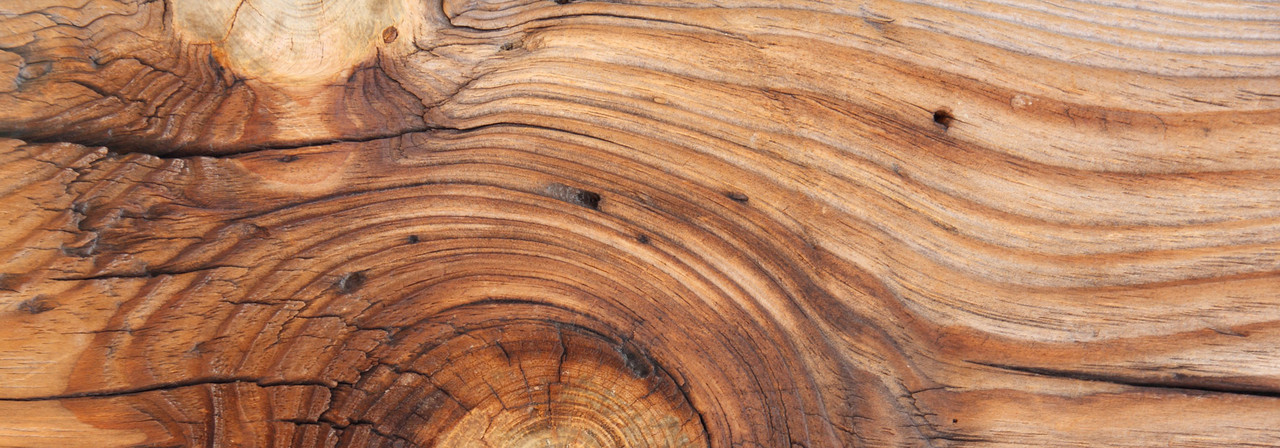
Every tree is unique. Its character and look transfer into the structure and colour of the parquet. Find out more about trees and types of wood.
Every tree is unique. Its character and look transfer into the structure and colour of the parquet. Find out more about trees and types of wood.
Wood is a wonderful natural material known and loved by people throughout the ages: wood lives, breathes and is unique in its colour, structure and warm surface. Wood is always different, yet unmistakably natural. If treated right, its irregularities make it really beautiful, creating a warm, comfortable atmosphere in any home.
The number of maple species is extensive, as they are spread all over Europe, Canada and the United States. This valuable hardwood has a good processing quality and a high level of resistance to wear: all important requirements for real-wood parquet.
The appearance of maple varies depending on the species. The colours of maple range from very light, almost white, to light-brown, to a reddish-grey tone. Canadian maple is yellow-brown and significantly darker and harder than European maple.
The structure of maple wood is typified by evenness and small pores. European maple has a more discrete grain than its Canadian counterpart. “Flame maple” is particularly prized for its unusual grain. Its lines create a flame-like undulating pattern.
Maple is regarded as a light, cheerful type of wood. It serves to create harmony in homes and unite opposites, such as male and female residents. In the past, it was thought to have a special protective function. Maple twigs were used to keep moles away from fields, and maple wedges were inserted under door thresholds to ward off witches and lightning. Timber from the maple tree also represents calm and tranquillity.

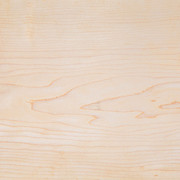
Beech is a typical wood type in Central Europe. Without human intervention, our forests would have largely consisted of beeches.
Beechwood expresses rigour, clarity and order. The colours are typical for beech range from light-yellow to pink-brown. Steaming the wood can make its red hue more manifest. The grain of the beech stands out for its wide rays creating curled, tongue-shaped spots, with diagonal cuts.
According to traditional beliefs, beech promotes vitality, consoles you and gives you sage advice when you’re feeling down.
The word ‘book’ actually originates from ‘beech’. But this is not because Gutenberg used beech to carve out the type for his first books: the ancient Germans used to carve runic inscriptions on this wood, which was commonly available in their native forests.
In the past, people used beeches for predicting the weather: in early November they hacked into a trunk with an axe. If the cut remained dry, there would be a harsh winter.

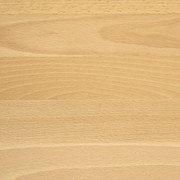
Like maple, ash is one of the most valuable deciduous woods. Ashwood is light-coloured, very strong and elastic, with a distinctive grain.
The wood is light in colour and has large pores. It is particularly good for staining. Because it is so elastic and strong at the same time, ash wood is popular for manufacturing sporting equipment and tool handles (hammers, axes, shovels, etc.). Thanks to its resistance to wear, ash also performs well in planks and parquet.
The tree’s name, ash, has a Germanic origin, meaning spear or bow. The different names used to refer to this tree in German, Bogenbaum (bow-tree), Geissbaum (goat-tree) or Wundbaum (wound-tree), point at its countless uses. Ash is considered to be a symbol of life, strength and closeness to heaven. In the Germanic Edda saga, the ash Yggdrasil contains all creation and stands in the centre of the cosmos.
Ashwood is said to ward off evil. Its sap is supposed to protect against snake bites, and its wood is said to staunch bleeding wounds if woven into fabric used to make clothes. Fishermen also ascribed it special magic qualities: ash wood used in boat components is believed to protect the crew from drowning.

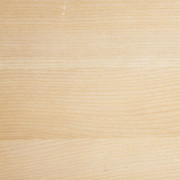
The oak is a major deciduous tree in European forests, playing a key role in the wood-processing industry. The common oak (also known as the European or English oak) is the most important species.
Oakwood has a greyish-yellow to a yellow-brown core, which differs from the sapwood that surrounds it. The annual rings are clearly visible, giving oak wood an even grain. Its rays are very wide or very fine. Oak sees many applications in parquet, and can be used to achieve very different effects. For example, local oak, in the form of smoked oak parquet, is a sustainable alternative to imported darker tropical woods.
In latticework and wooden buildings, oak beams can last for centuries. Thanks to its resistance to moisture and special aroma, oak wood is used to make barrels for storing whiskey, wine and sherry.
Oaks have always been a symbol of fortitude and strength, of resilience and toughness, of perseverance and patient maturation. Oak is said to support virtue and bring out the truth, to build up new energy.

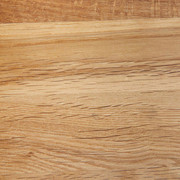
Walnut has been one of the most popular types of wood for centuries. The eastern American black walnut is found predominantly in Florida, Texas, Nebraska, Kansas, Canada and parts of Europe.
Walnut trees can reach a height of 40 metres, and a trunk diameter of up to three metres, remaining largely knot-free.
The walnut’s heartwood is dark-brown to purple-black, while the sapwood ranges from greyish-brown to light-yellow. Over time, the heartwood can become slightly darker. Deviations in colour and grain, as well as the clearly visible annual rings, make this wood particularly decorative.
The eastern American black walnut is considered to be one of the most beautiful and noble types of wood, making it well-suited for producing furniture and parquet.
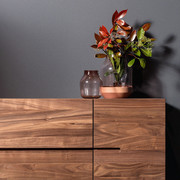
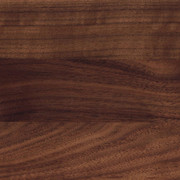
Neudorfstrasse 49
9430 St. Margrethen
T +41 71 747 74 74
In 1935, Ernst Göhner brought the idea of solid parquet to mass production before founding Bauwerk Parkett in 1944. Since then, Bauwerk has been researching, developing, and manufacturing innovative, aesthetic parquet solutions of the highest quality with great passion and Swiss precision. Original parquet floors by Bauwerk, one of Europe’s leading parquet manufacturers, offer the unique feel of a real piece of nature that provides tangible warmth and healthy living for a perfectly balanced atmosphere in any room. Experience Bauwerk’s diverse range of wooden floors in one of our showrooms and get our advice without any obligations.